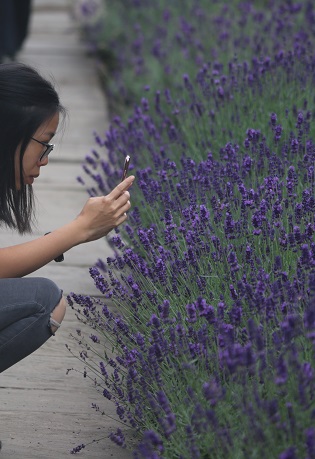
Flowering occurs when there is a sudden change in the growing point from vegetative organs including leaves, stems and leaf buds, to the floral organs. When this happens, the apical dominance usually weakens. The initial stimulus to cause this change in tissue type appears to originate in the leaves, although not always. As flowering tends to be related to particular times of the year, the initial stimulus is most obviously environmental.
Environmental Factors
There are three possible types of environmental stimuli:
- Physical: e.g. changes in atmospheric pressure.
- Electrical: e.g. changes in pH.
- Chemical: changes in levels of certain chemicals: e.g. more light increases photosynthesis, which, in turn, increases levels of sugar.
It appears there are two types of chemicals involved in flowering, namely, promoters and inhibitors. The promoters stimulate the process of flower induction. The inhibitors inhibit this process. The promoters and inhibitors do not work together in a balanced interaction. Rather, they affect each other through an interference process. For example, in Kalanchoe plants, short days produce promoter chemicals, but if more than 1/3 of the days are long, sufficient inhibitors are produced to stop the effect of the promoters.
Juvenility
A plant cannot respond to the effect of flowering promoters until tissue has gone through a phase change to reach maturity. It is possible for this phase change to be reversed and for mature tissue to become juvenile again.
Temperature
Temperature can affect time of flowering from sowing in three different ways:
- Vernalisation: the process whereby cold temperature hastens flowering
- Rate of flowering process increases over a sequence of different temperatures: the final stage is an optimum temperature where flowering is most rapid.
- Supra optimal temperatures: these are stressful temperatures which delay flowering as temperatures become warmer.
USING LIGHT TO MODIFY PLANT GROWTH
Greenhouse structures frequently use artificial lighting to assist growth. Plants respond to artificial lights as all lamps radiate different qualities of the light spectrum. Consequently, the correct light will depend upon the plant and the intention for its use, for example whether it is required to achieve a bushy plant or an elongated plant. Each lamp will therefore have an advantage or disadvantage depending upon its intended purpose.